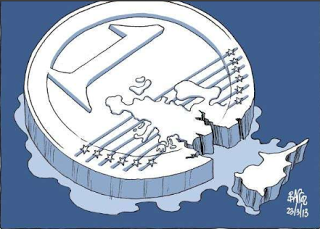Cross posted from The Stars Hollow Gazette
This is your morning Open Thread. Pour your favorite beverage and review the past and comment on the future.
Find the past “On This Day in History” here.
Click on image to enlarge
May 26 is the 146th day of the year (147th in leap years) in the Gregorian calendar. There are 219 days remaining until the end of the year.
On this day in 1637, an allied Puritan and Mohegan force under English Captain John Mason attacks a Pequot village in Connecticut, burning or massacring some 500 Indian women, men, and children.
The Pequot War was an armed conflict in 1634-1638 between the Pequot tribe against an alliance of the Massachusetts Bay, Plymouth, and Saybrook colonies with American Indian allies (the Narragansett and Mohegan tribes). Hundreds were killed; hundreds more were captured and sold into slavery to the West Indies. Other survivors were dispersed. At the end of the war, about seven hundred Pequots had been killed or taken into captivity. The result was the elimination of the Pequot as a viable polity in what is present-day Southern New England. It would take the Pequot more than three and a half centuries to regain political and economic power in their traditional homeland region along the Pequot (present-day Thames) and Mystic rivers in what is now southeastern Connecticut.
Believing that the English had returned to Boston, the Pequot sachem Sassacus took several hundred of his warriors to make another raid on Hartford. Mason had visited and recruited the Narragansett, who joined him with several hundred warriors. Several allied Niantic warriors also joined Mason’s group. On May 26, 1637, with a force up to about 400 fighting men, Mason attacked Misistuck by surprise. He estimated that “six or seven Hundred” Pequot were there when his forces assaulted the palisade. As some 150 warriors had accompanied Sassacus to Hartford, so the inhabitants remaining were largely Pequot women and children, and older men. Mason ordered that the enclosure be set on fire. Justifying his conduct later, Mason declared that the attack against the Pequot was the act of a God who “laughed his Enemies and the Enemies of his People to scorn making [the Pequot] as a fiery Oven . . . Thus did the Lord judge among the Heathen, filling [Mystic] with dead Bodies.” Mason insisted that any Pequot attempting to escape the flames should be killed. Of the estimated 600 to 700 Pequot resident at Mystic that day, only seven survived to be taken prisoner, while another seven escaped to the woods.
The Narragansett and Mohegan warriors with Mason and Underhill’s colonial militia were horrified by the actions and “manner of the Englishmen’s fight . . . because it is too furious, and slays too many men.” The Narragansett left the warfare and returned home.
Believing the mission accomplished, Mason set out for home. Becoming temporarily lost, his militia narrowly missed returning Pequot warriors. After seeing the destruction of Mystic, they gave chase to the English forces, but to little avail.




 As the
As the 